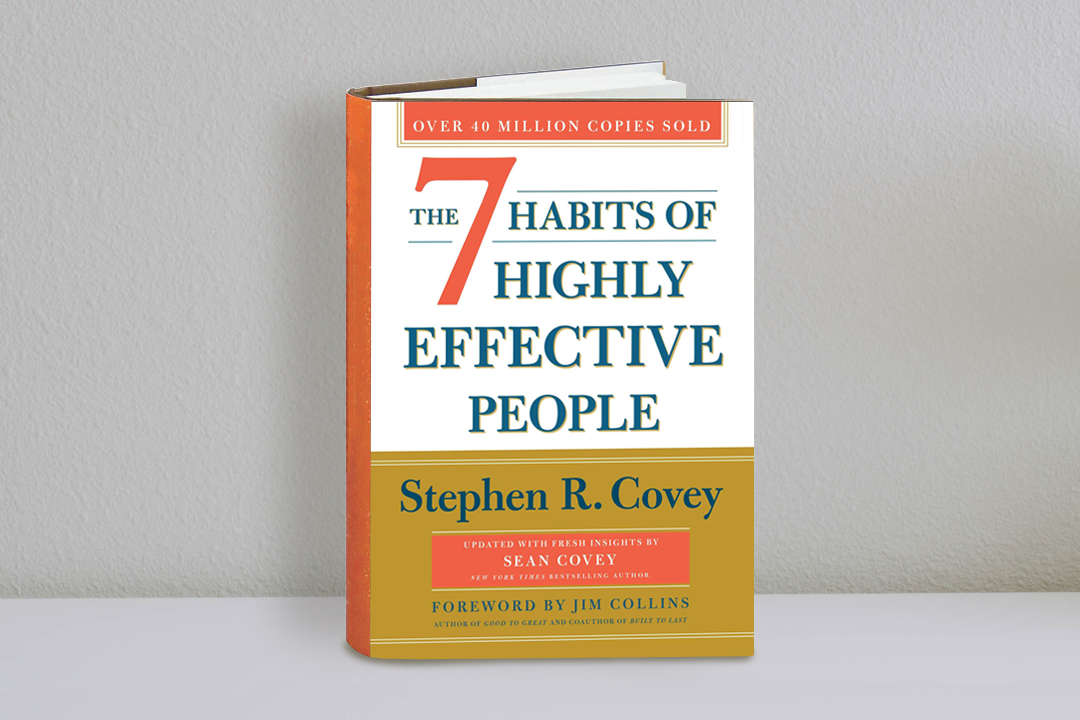Introduction
“What do you do?”
It’s one of life’s most basic questions. Whether you’re at your kid’s soccer game or a fancy cocktail party, this question is bound to come up. And you know exactly how to answer it. We all know WHAT we do.
“I coach baseball.” “I teach clients proper nutrition.” “I’m a personal fitness trainer.”
And you probably know HOW you do it too. You can break your job or business into logical steps with successful outcomes.
But Simon Sinek challenges us. Like a good detective, he wants to find the motive. He wants us to know WHY we do what we do.
In his groundbreaking work, “Start with Why: How Great Leaders Inspire Everyone to Take Action,” and his wildly popular TED Talk, Sinek explains that the secret to success lies not in an “X” factor, but in your WHY factor. Sinek says, “people don’t’ buy what you do, they buy WHY you do it.” And he provides ample real-world examples that prove his theory.
This is a pull quote from the book. This is the pull quote from the book. This is the pull quote from the book.
Author Name
The 3-Pointer
1. What is a Why
To understand the WHY factor, you first need to understand what a WHY is. Sinek says that a WHY is not to make a profit – that’s the result. So, what is your WHY if it’s not to simply make money?
Your WHY is the reason your organization exists. It is the reason you get out of bed in the morning. It is your purpose, cause, or mission. For centuries, ventures that were grounded in a strong WHY have proven exponentially more successful than those that were not.
To prove this point, Sinek contrasts the Wright Brothers with Samuel Pierpont Langley. In short, they were all trying to become the first to invent man-powered flight. Langley was well-funded, well-connected, and should have been the first. However, Langley was motivated by fame. The under-funded, un-connected Wright Brothers were motivated by the desire to change the world and enable human beings in an entirely new way. The Wright Brothers’ strong WHY inspired them and everyone who worked with them. It made them leaders who others wanted to follow…right up into the sky.
2. The Golden Circle
Sinek uses a Golden Circle to illustrate what differentiates great leaders from average leaders. In Sinek’s Golden Circle, the inner circle is the WHY, it is the heart of the circle. The next circle is the how? The largest, outer circle is the What? Golden circle.
He explains that great leaders begin from the inside out, the lead from their WHY, which informs their HOW, and results in their WHAT.
Let’s look at Tesla as an example. Tesla is not the first company to make electric vehicles. So what makes them standout? It could be that they are guided by a strong WHY, stated as, “our mission is to accelerate the world’s transition to sustainable energy.” With that mission in mind, HOW does Tesla do it? They “work tirelessly to find new ways to make sustainable energy more affordable, accessible, and cost-effective.” And WHAT does Tesla do? They make electric cars.
What is your mission? What drives your willingness to work hard in the sports industry? Is your purpose bigger than a desire to earn profits?
3. It's Biology
To support his ideas, Sinek dives deep into the brain and explains the power of WHY on a biological level. He explains that the newest part of our brain, called the neocortex, is responsible rational analytical thought and language. This is the part of our brain that understands pricing, options, features, pros and cons. But it is the middle part of our brain, called the limbic brain, that controls our feelings, behavior, decisions, and has no capacity for language. This is the part of our brain that elicits emotion and “gut” feelings and understands things like inspiration and motivation.
Ultimately, our brains pull us toward leaders who are not full of features and pricing structures, but towards those who inspire us, who we believe in.
Sinek uses Apple as an exceptional example of a company with a strong WHY that guides everything they do and draws customers to them. At one point Apple’s motto was…Think Different. That hits you a little differently than, “low prices,” or “simple interface,” doesn’t it. It’s a belief.
You're Up
- Can you identify your WHY?
- What is your mission? What drives your willingness to work hard in the sports industry? Is your purpose bigger than a desire to earn profits?
- What part of your endeavor appeals to the “gut feeling” of your customers or employees

